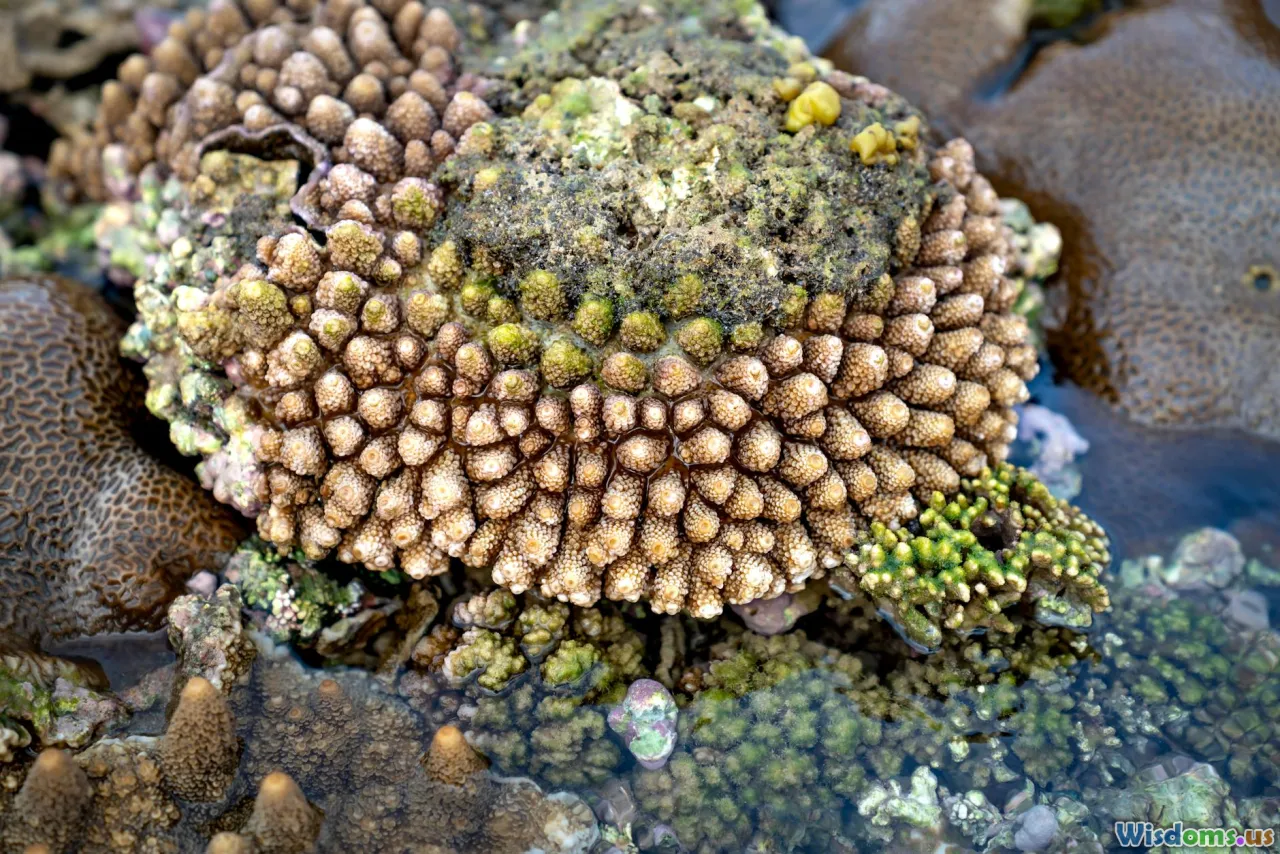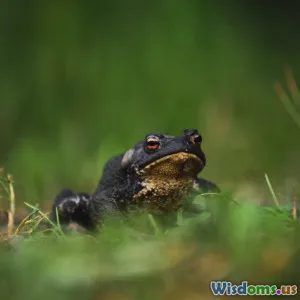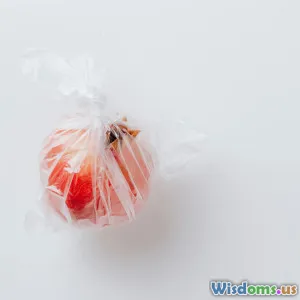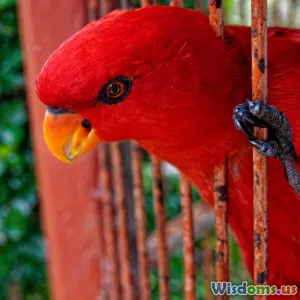
The Interconnectedness of Species
7 min read Explore how species interconnect within ecosystems, revealing nature’s delicate web and the crucial role each plays. (0 Reviews)
The Interconnectedness of Species
Life on Earth is a richly woven tapestry, composed not just of isolated threads but an intricate fabric where every species is interlinked with countless others. The phrase "interconnectedness of species" captures this fundamental biological reality—no creature exists in complete isolation. This article dives deep into how species relate, depend on, and influence each other, highlighting why understanding these connections is vital for ecology, conservation, and our own survival.
Understanding the Web of Life
Nature’s complexity is often compared to a web — the "web of life". This metaphor expresses the countless interactions among organisms across ecosystems. From microscopic bacteria to large mammals and towering trees, species form dynamic relationships that sustain populations, stabilize environments, and enable resource cycles.
Ecological Interactions: Cooperation and Competition
While some species compete fiercely for resources, many engage in mutually beneficial relationships. Consider the classic example of pollination—bees collect nectar from flowers, simultaneously transferring pollen that allows plants to reproduce. Without pollinators, many crops like almonds, apples, and blueberries would fail, leading to widespread food insecurity. According to the Food and Agriculture Organization (FAO), 75% of leading global crops benefit from animal pollination, showcasing the vital role of such partnerships.
Additionally, symbiosis—close, long-term interactions—includes:
-
Mutualism: Both species benefit. For instance, clownfish and sea anemones. The fish gains protection; the anemone receives cleaning services.
-
Commensalism: One benefits without harming the other. Barnacles attach to whales to get transportation and better feeding areas without affecting the whale.
-
Parasitism: One benefits to the detriment of the other. Ticks feeding off mammals exemplify this dynamic.
Each interaction is a delicate balance; disrupting one partner can ripple through ecosystems.
Keystone Species: Ecosystem Architects
Certain species wield outsized influence, known as keystone species. Their presence or absence dramatically shifts habitat structure and species diversity.
One renowned example is the sea otter in Pacific kelp forests. Sea otters feed on sea urchins, which otherwise graze heavily on kelp. Without otters, sea urchin populations explode, decimating kelp coverage, which most other marine species rely on for shelter and food. Restoration of otters correlates with recovering kelp habitats and biodiversity.
Similarly, wolves in Yellowstone National Park demonstrate complex trophic cascades. Wolves control deer populations, allowing vegetation recovery along rivers. This regeneration provides habitats for birds and insects, stabilizes riverbanks, and even affects local climate patterns.
Biodiversity: The Triumph of Interconnection
Biodiversity, the variety of life forms in a given area, thrives on interconnectedness. More diverse ecosystems tend to be more resilient to disturbances like diseases, climate change, or human impact. This robustness arises because multiple species can perform similar roles (functional redundancy) and support adaptive processes.
For example, diverse coral reef ecosystems contain hundreds of species fulfilling roles like algae control, nutrient cycling, and habitat formation. The loss of coral species due to bleaching events disrupts these services, causing fish populations to plummet and affecting food resources for millions of people.
Human Impact: A Fragile Balance Disrupted
Human activities complicate these natural networks. Habitat destruction, pollution, overhunting, and climate change weaken or sever interspecies links:
-
Deforestation fragments forests, isolating species and reducing chances for mutualistic relationships like seed dispersal.
-
Pollution can destroy microscopic organisms that serve as the base of food webs, while chemical contaminants disrupt reproductive behaviors.
-
Climate change alters species distributions, often forcing mismatches like flowers blooming before pollinators arrive.
Efforts to curb these effects include:
-
Conservation corridors connecting fragmented habitats to facilitate movement.
-
Restoration projects aimed at reintroducing keystone species.
-
Sustainable agriculture practices that support biodiversity.
A well-known success is the recovery of the bald eagle in North America, once near extinction due to pesticides. Through targeted conservation and pollution control, this keystone predator’s return rebalanced local ecosystems.
The Takeaway: Protecting Interconnectedness
Biologists like E.O. Wilson have long emphasized that preserving biodiversity means understanding how species interrelate. Protecting a single species without its ecosystem context can be futile. Each species, from magnanimous whales to humble fungi, contributes a vital thread to the natural web.
By fostering awareness of these complex bonds, science empowers us to make decisions that support biodiversity and, ultimately, human well-being. Actions such as engaging in citizen science, supporting protected areas, or simply planting native pollinator-friendly plants contribute to strengthening this vital network.
Conclusion
The interconnectedness of species is a powerful reminder that life on Earth is a collective enterprise, woven from countless interactions over millions of years. Recognizing and respecting these profound connections can inspire both awe and responsibility. Each species matters — and the survival of one is inextricably linked to the survival of many. Our future depends on embracing this reality!
"In nature nothing exists alone." — Rachel Carson
Rate the Post
User Reviews
Popular Posts




















